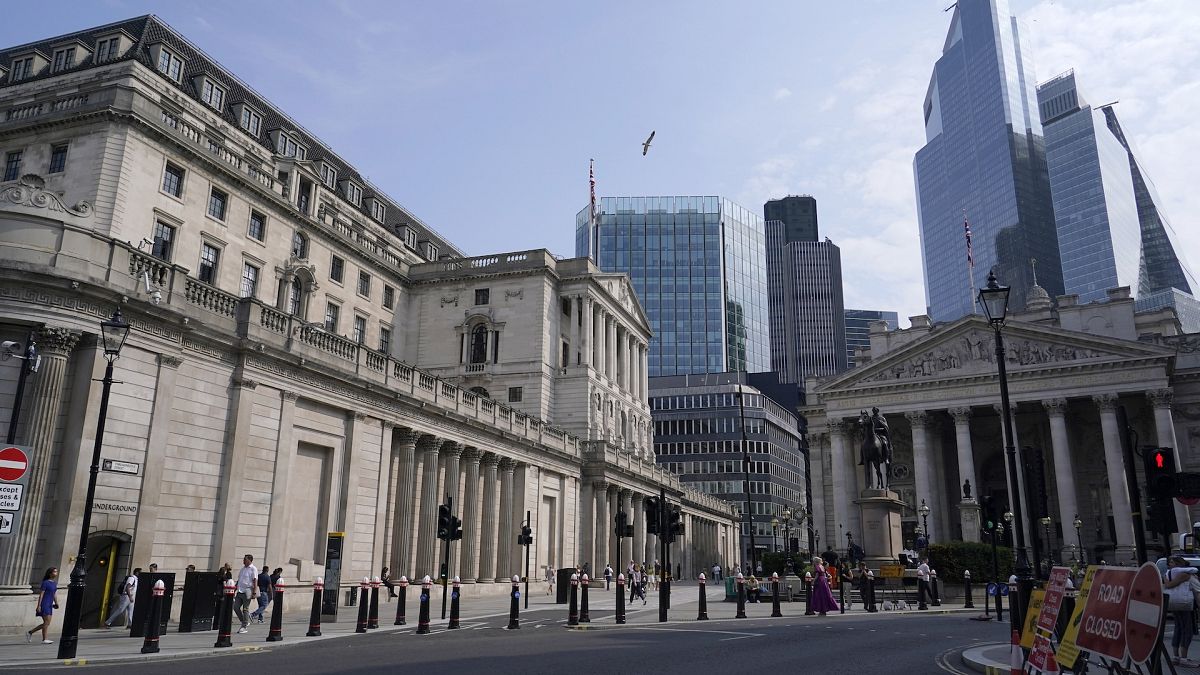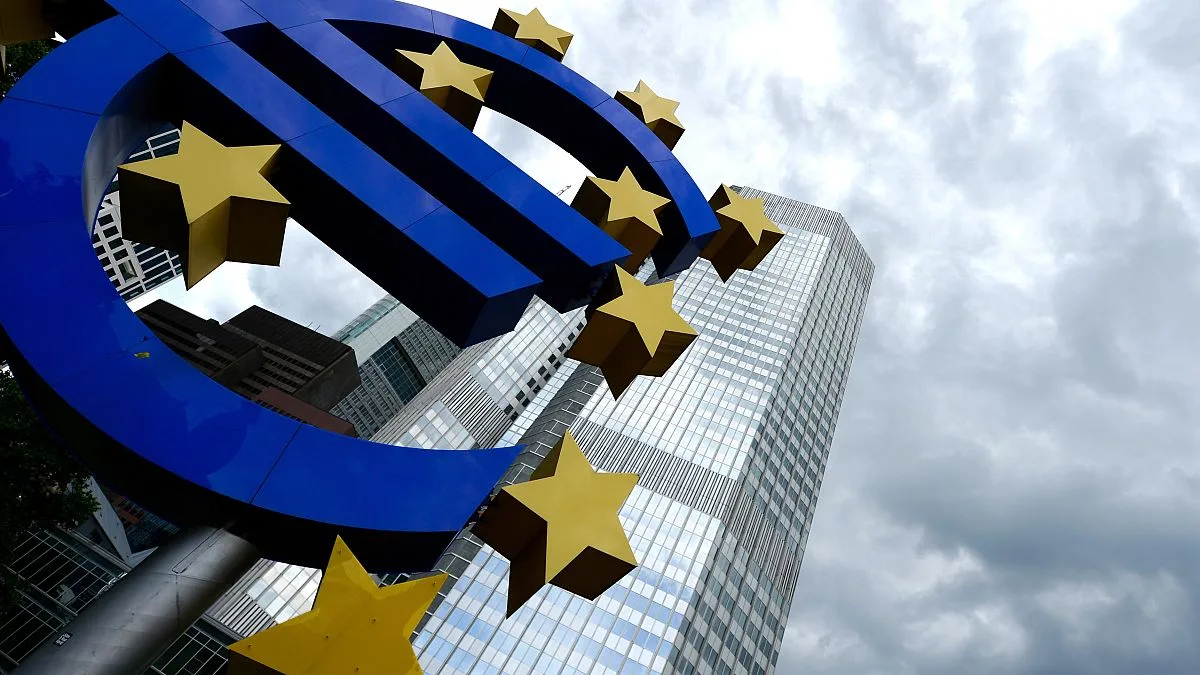The Bank of England (BOE) will announce its interest rate decision this Thursday, as market analysts widely expect the rate to remain unchanged due to the current economic environment.
This announcement comes shortly after the Federal Reserve’s recent decision, which is anticipated to set the stage for a rate-cutting cycle, including a significant 0.5% reduction. However, most experts believe the BOE is unlikely to follow suit with another rate cut after its initial reduction in August.
Why a Second Rate Cut Seems Premature
A consensus among financial analysts suggests that it would be premature for the BOE to initiate a second consecutive rate cut. In August, the BOE lowered its policy rate to 5% from a 16-year high of 5.25%. This marked the first rate cut in over four years and was decided by a narrow 5-4 vote within the Monetary Policy Committee, indicating a cautious outlook moving forward.
Current economic conditions suggest that the BOE is likely to postpone any further rate cuts until November. The bank consistently monitors three critical factors: inflation, wage growth, and labor market conditions.
Despite some signs of easing in these areas, recent data fails to provide enough justification for an additional rate cut in September. In July, UK inflation rose to 2.2% year-on-year, after cooling to 2% in the previous two months. Services inflation dropped significantly to 5.2%, but it still remains above the BOE’s target of 2%, which could keep overall inflation levels elevated.
Wage growth has also moderated, falling to 5.1% in the three months leading up to July, down from 5.4% in May. However, analysts believe this decline is insufficient to motivate the BOE to pursue another rate cut at this time. Additionally, the labor market remains tight, with the unemployment rate steady at 4.1% for the three months ending in July—a slight improvement from the previous quarter’s 4.3% rate.
The UK’s economy has shown some signs of recovery during the first half of the year after a technical recession in the last quarter of 2023. In fact, Gross Domestic Product (GDP) grew by 0.6% in the second quarter, following a 0.7% increase in the first quarter. However, growth appears to have stalled over the past two months, hinting at a possible slowdown in the third quarter, complicating the BOE’s monetary policy decisions.
Global Trends in Interest Rates
As inflation eases, the labor market softens, and economic growth decelerates, central banks worldwide are either entering or preparing for a rate-cutting cycle. Just last week, the European Central Bank (ECB) made its second interest rate cut, indicating a downward trend in borrowing costs.
The anticipated rate cut by the Federal Reserve on Wednesday is likely to exert additional pressure on other central banks, particularly if a substantial cut of 0.5% is realized. This global trend may influence the BOE’s strategy as it weighs domestic economic needs against international monetary developments.
Despite the BOE’s cautious stance during its August meeting, market expectations are for two more rate cuts before the year ends—in November and December. As noted by Althea Spinozzi, Head of Fixed Income Strategy at Saxo, the BOE may also consider announcing a further £100 billion (€84.4 billion) reduction in its gilt holdings over the next year as part of its ongoing quantitative tightening program.
Currency Markets Prepare for Volatility
The foreign exchange markets are bracing for potential volatility in the coming days. A significant rate cut from the Federal Reserve is likely to weaken the US dollar, which may provide a boost to other currencies, such as the euro and the British pound.
The BOE’s decision, closely following the Fed’s, could surprise the market. A rate cut by the BOE could lead to a notable decline in the British pound’s value. Furthermore, the Bank of Japan’s policy meeting set for Friday could also play a role; if the BOJ maintains its hawkish stance, it could strengthen the Japanese yen while further weakening the US dollar.
Photo credit & article inspired by: Euronews



